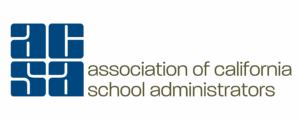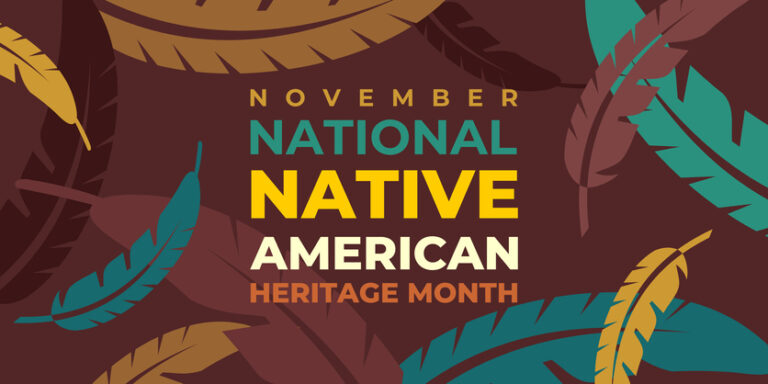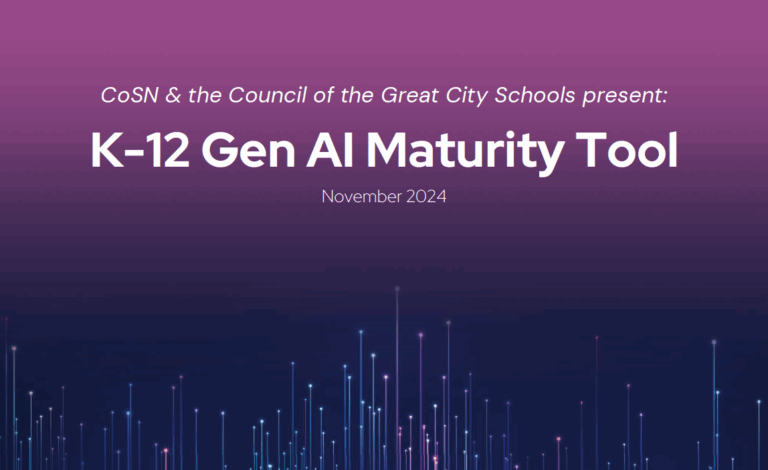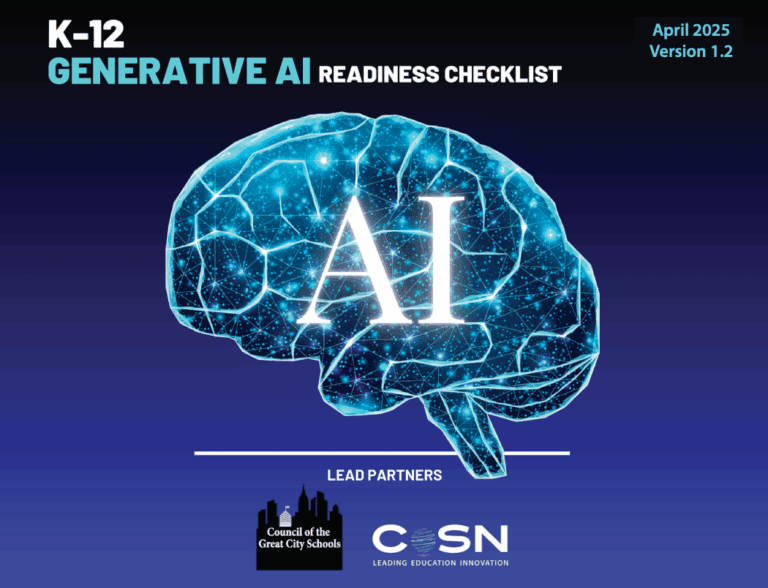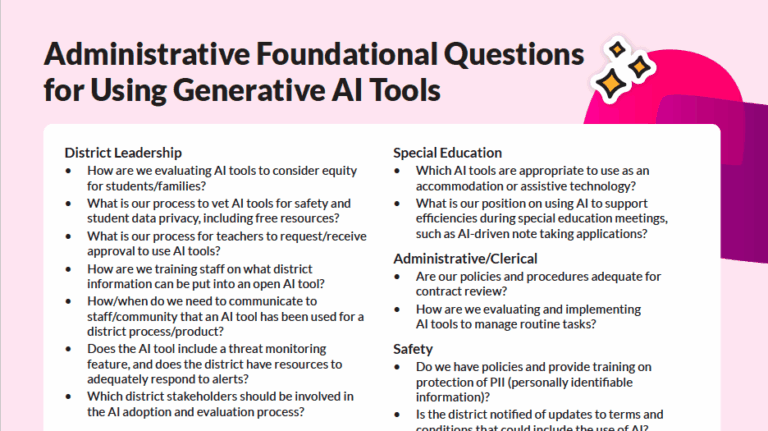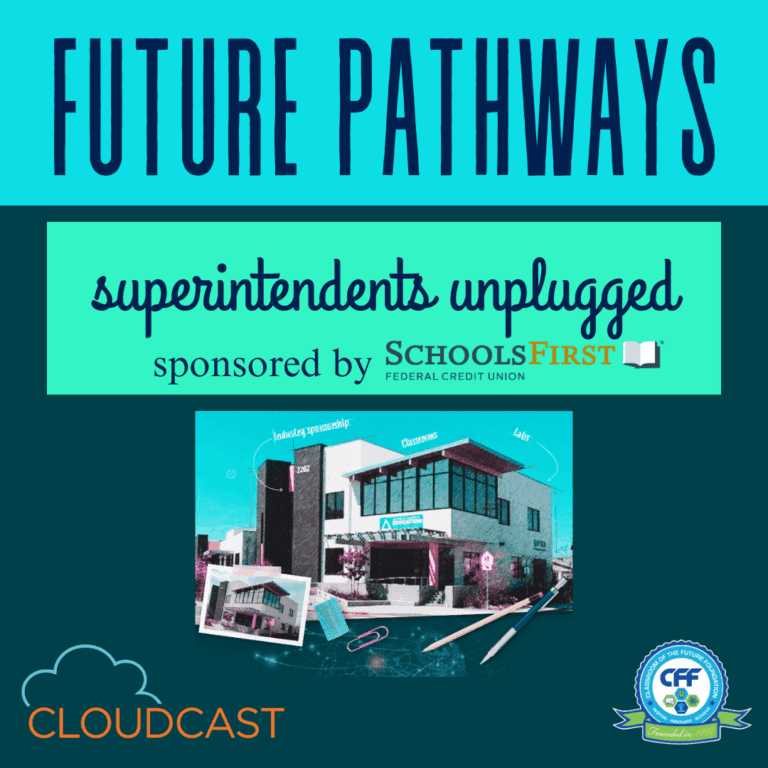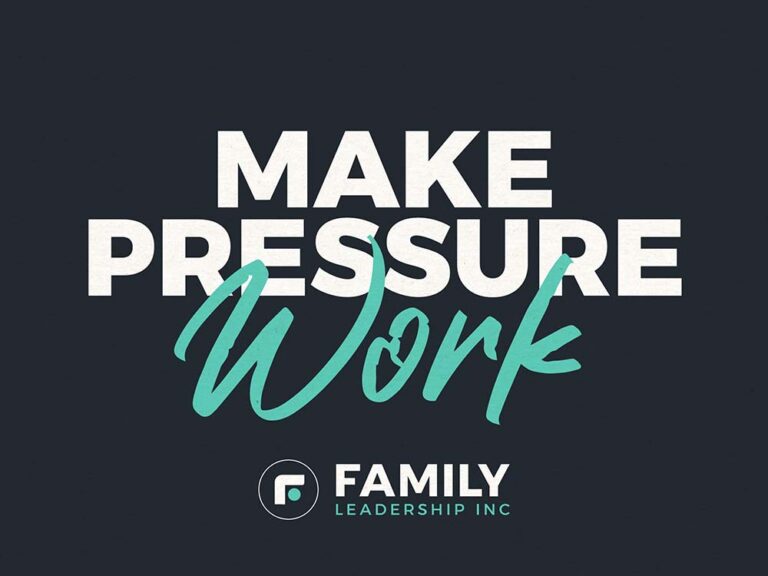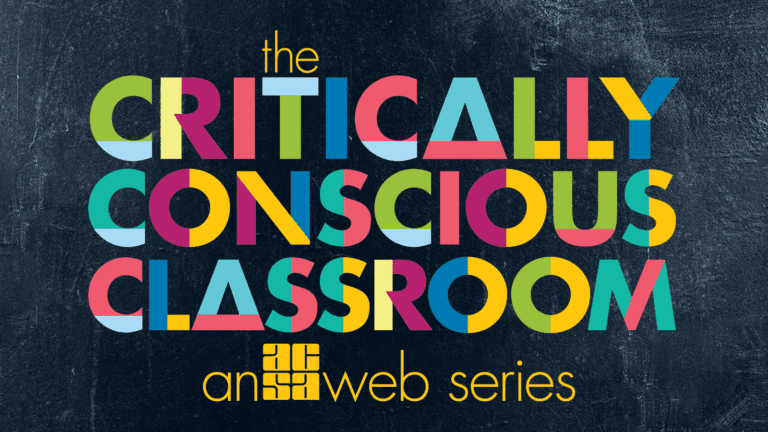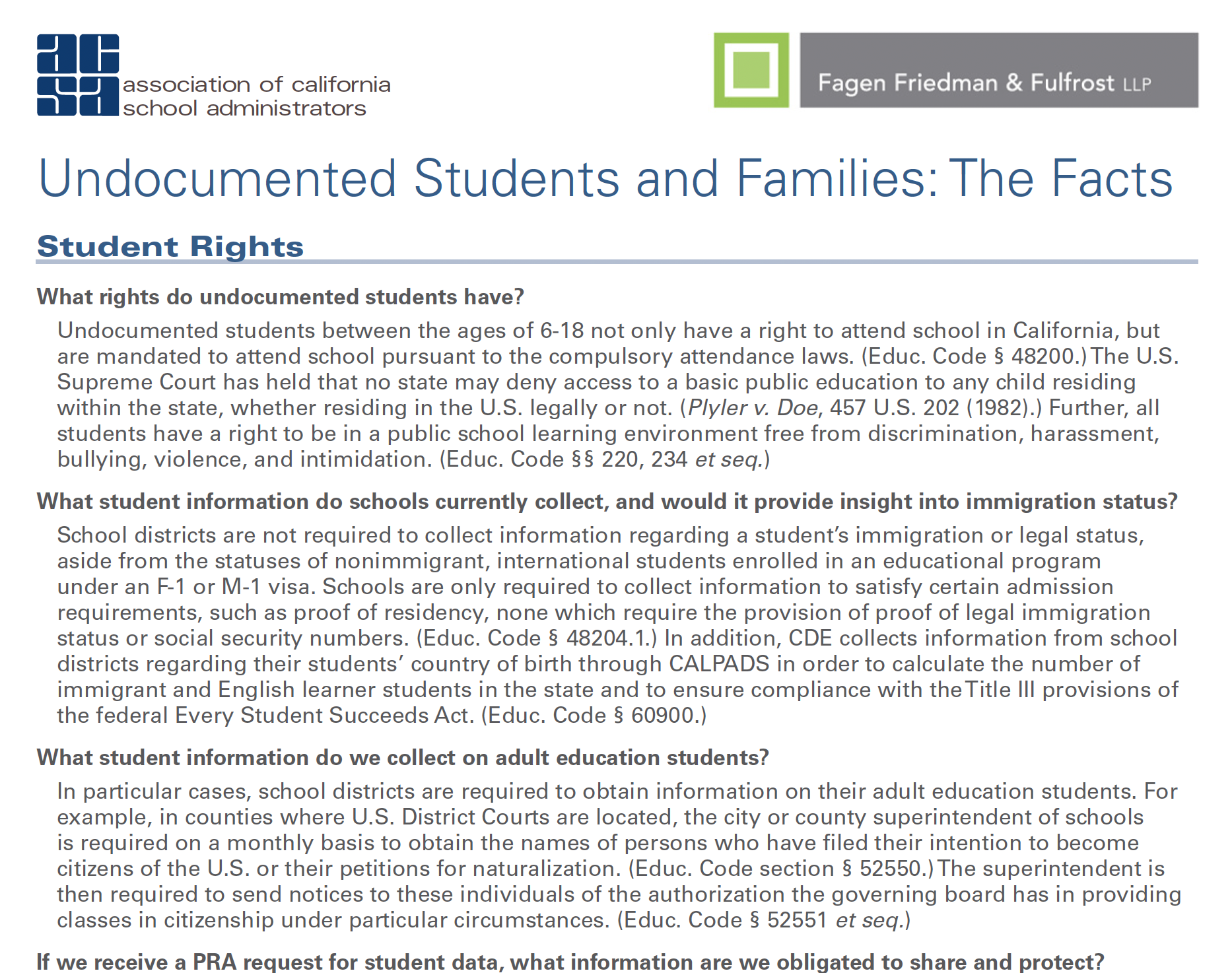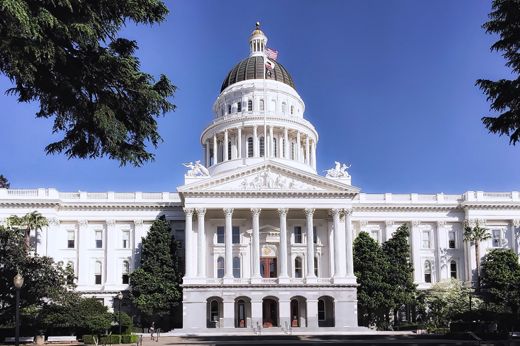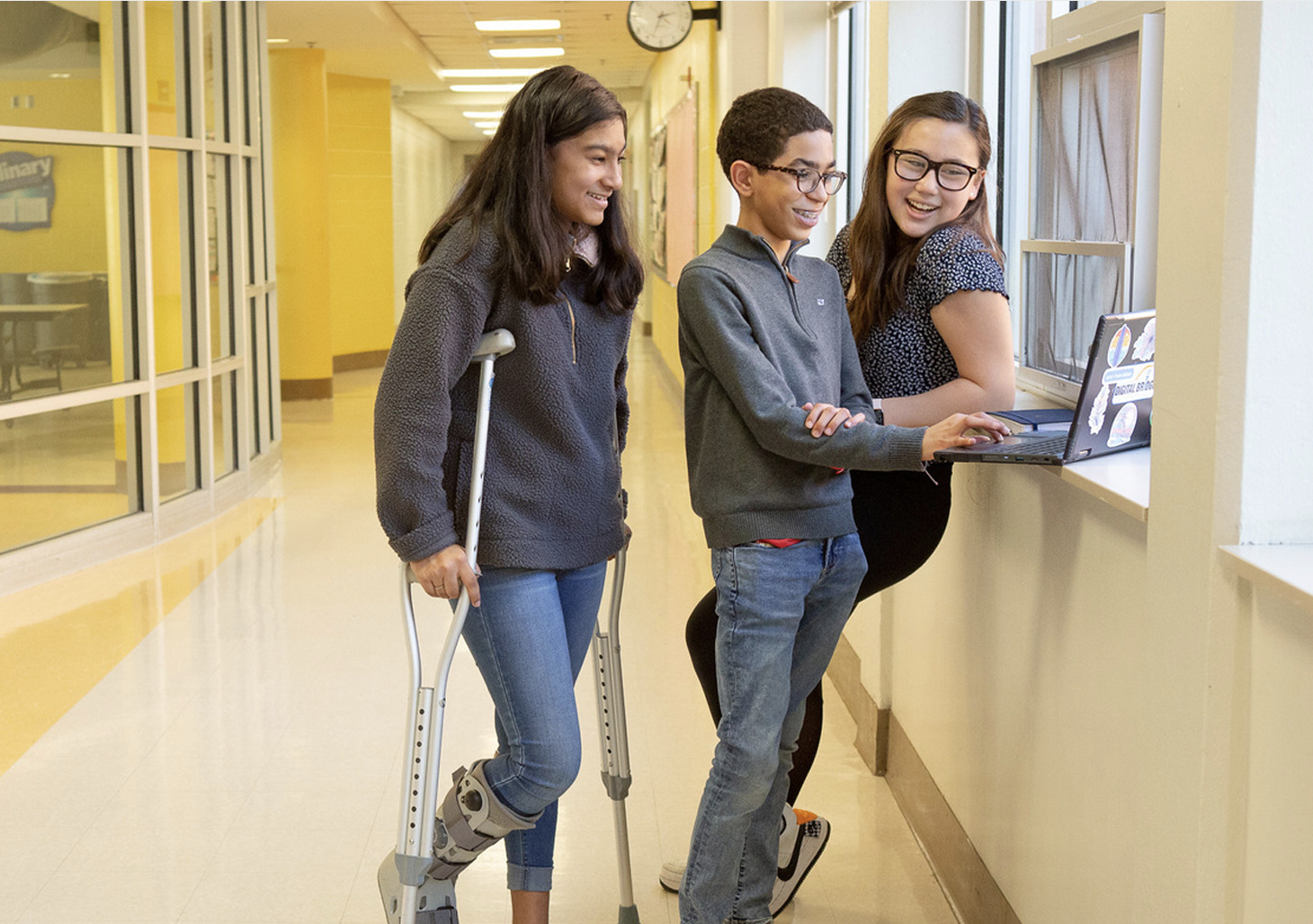
The following article was written by Dr. Heather S. Fontanilla, director of College & Career Readiness at Mt. Diablo Unified School District.
Mt. Diablo Unified School District’s LCAP Goal #1 states: All students will receive a high quality education in a safe and welcoming environment with equitable high expectations, access to technology, and instruction in the California State Standards that prepare them for college and career. College and Career for all of its students. It is a bold statement that reflects the changing perception of the importance of career education.
When I was in high school too many years ago we received no career education. I remember taking the ASVAB test — a test that measures a person’s aptitude for military service. Needless to say, I don’t think I had such an aptitude. But it did recommend that I go into a field involving customer service. I recall hearing about “ROP” but knew nothing about it. We had an auto shop and a wood shop, but they were at the back of the campus and it was for those students who were not going to college, reflecting the reality of two tracks in school. For those of us on the “college track” no one talked to us about career options or skills needed to be successful in the workplace. No one had that conversation with me in college either. I graduated from college ill prepared for entering the workforce and went immediately into a graduate program, accumulating more debt. But in that graduate program, internships were part of the expectations and I finally got to practice my work ready skills so that when I did leave school, I felt ready to enter the workplace and I had a better sense of what direction I wanted to go.
According to Education Week, a 1983 report titled “A Nation at Risk” led to an emphasis on increased academic preparation for all students, which in turn led to the College for All movement in the late 1990s/early 2000s. This movement encouraged all high school students, especially low income students, to go to college. It was seen as a weapon against poverty and it would contribute to the economic growth of the country. But, ultimately, this approach left students behind and it became apparent that we were not helping students to transition to life after high school, even those who went straight into a four-year college. Additionally, the movement failed to acknowledge that some students did not want to go to college and that there were good jobs where a college degree was not necessary.
Beginning in the early 2000s, there was a shift toward the idea of college and career for all, meaning that all students needed to be prepared to enter post secondary education and that all students needed to have the opportunity to explore different career options and develop the skills needed to be successful when they transition into work. These skills included those 21st century skills such as collaboration, communication, and critical thinking. What is core in this approach is that students need to be prepared so that they have options when they graduate from high school. More importantly, students need to know what those options are and the pathways to those options.
This is what drives the work MDUSD is doing to meet its LCAP Goal #1. It has taken advantage of the multiple sources of funding available, including the CTE Incentive Grant, various K12 Strong Workforce Program grants, and the Strengthening Career and Technical Education for the 21st Century Act (formerly known as Perkins) funding, to strengthen and expand its CTE programs. Using funds from these grants, MDUSD worked with its teachers to identify those areas of the elements of a high quality pathway where we had gaps and developed a systemic approach to close those gaps.
One area of growth of all of its CTE programs was work-based learning. Teachers reported that they were overwhelmed in trying to plan work-based learning. Industry partners also reported that they were overwhelmed by the number of requests for guest speakers, field trips, and other types of work based learning experiences. Additionally, after conducting an inventory of work-based learning experiences, MDUSD found that it was primarily limited to guest speakers — a low impact experience. MDUSD set as a goal that every CTE pathway would do at least one meaningful work-based learning experience a semester and allocates teachers funds to support this. Each teacher completes a work-based learning plan, connecting a desired work-based learning experience to the curriculum they are teaching. Once the plan is completed, an MDUSD work-based learning coordinator meets with the teacher to review the plan and calendar out the activity. MDUSD has pushed its teachers to think beyond guest speakers, considering activities such as informational interviews, site visits, mentorships, and job shadows. MDUSD works to move the experience along the continuum of work-based learning experiences from those that are low impact, but can serve high numbers of students (such as a guest speaker), to those that are high impact, but serve only a few students (such as internships). As a result of this work, MDUSD has increased the number of work-based learning experiences every year and almost all pathways include an experience beyond a guest speaker.
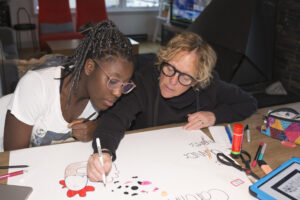
In addition to the individual class experiences, MDUSD sets as a goal that each industry sector in the district will develop a districtwide project that incorporates industry partner support. Examples of these projects include a digital media art show at the local mall, Sunvalley Mall, where students in the different digital media pathways meet with the marketing experts for the mall to learn about marketing careers and strategies. The students also develop the marketing campaign for the art show and get feedback from the mall marketing experts on that campaign. Another districtwide project is the Allied Health Fair, where students participate in breakout sessions led by different Allied Health programs in the MDUSD Adult Ed program. These sessions provide students with information about the different programs and the resulting careers. They get to interact with current adult students and the equipment used to train them. The fair culminates with an expo of Allied Health professionals where students circulate around the room conducting mini informational interviews. The Building Trades pathways participate in a regional build competition, mentored by construction professionals. Over the course of two days they must build a structure that meets blueprints developed prior to the competition. They are assessed on industry skills, such as how well the structure is built, and also work readiness skills, such as their safety skills.
MDUSD uses its business advisory, the Mt. Diablo Business Education Alliance (MDBEA), to help it in identifying both the industry skills and the work readiness skills students need to be successful when they enter the workplace. MDBEA helped each industry sector develop an industry skills manual designed to be an aid to teachers when planning their curriculum. They also provided feedback on pathway maps showing students the pathways to different careers within the industry. It connects students to the steps they would take after high school, whether it be a certificate program at a local community college, an apprenticeship program, or a four-year degree.
Through this advisory group, MDUSD develops strong relationships with its partners which leads to more in-depth experiences for students. Every summer, MDUSD offers a summer internship program that serves 50-75 students. MDUSD works with partners to identify specific projects students can work on that will allow them to use their CTE skills so student interns get a meaningful experience, while still helping the host with day-to-day operations of the business. Some examples include working on a social media campaign for a community farm, assisting in CPR training, and working with the local chamber of commerce digitizing and archiving historical documents. In addition to having its industry partners host interns, MDUSD also places student interns in the different departments within the district. In the past some students worked with the district’s Maintenance & Operations department and their big project was aerial photographs of some of the schools in the district to update photos that were displayed in the district office. Another student worked in the Superintendent’s office assisting the public information officer in archiving newsletters and supporting the district’s social media campaign.
These internships give students the opportunity to put the skills learned in the classroom to work on a real world project. It also gives students the opportunity to strengthen and refine the work readiness skills that are so important any future profession. To ensure student success and partner satisfaction, MDUSD’s implements systemic system of support for the internships. The week prior to the internship, students participate in a series of work readiness workshops that go over topics such as professionalism and the importance of collaboration. Once the internships begin, MDUSD’s team of work based learning coordinators conduct weekly visits to the sites to check on the students and, more importantly, to check on the host. The goal is to address problems before they become problems. At the same time students are in the internship, they are also taking a work experience class through the local community college – Diablo Valley College. The work experience class helps the students with setting goals and then reflecting on those goals throughout their internship. They also end the internship with a portfolio that includes an updated resume, a letter of reference from the host, and artifacts from their internships. All of this culminates in an internship celebration, where interns, their families and the hosts celebrate the end of their internship and share their successes.
A final piece to MDUSD’s college and career readiness puzzle is early college credit. Most of MDUSD’s career pathways offer the opportunity for their students to earn three college credits through articulation agreements. As dual enrollment has expanded throughout California, MDUSD and its partner community college, DVC, have intentionally identified dual enrollment classes that are connected to the different pathways in the district. Additionally, the goal is that the dual enrollment classes will get students one step closer to either a certificate or a degree. Through these early college credit opportunities, students are gaining a confidence in their ability to “do” college and they are learning about the different opportunities at the community college.
To meet the goal that every student be prepared for college, MDUSD has worked with its teachers to ensure all classes meet the A-G requirements. It has increased the number of AP options available to students on all of its campuses and it has implemented student supports designed to ensure student success. MDUSD also recognizes that all students need to be equipped with the skills and knowledge that are necessary to succeed in careers that don’t even yet exist. It is committed to supporting its CTE pathways, recognizing that they provide a necessary bridge between the academics and the demands of the workplace. In doing so, we move toward a future where every student has the tools to thrive, regardless of the career path they choose to pursue.


